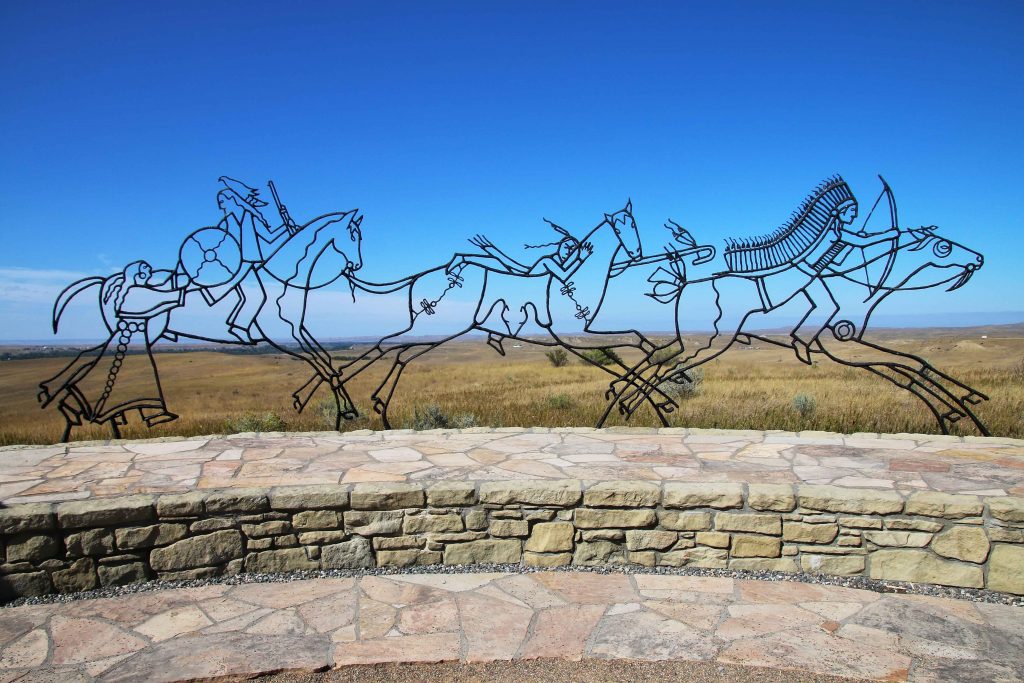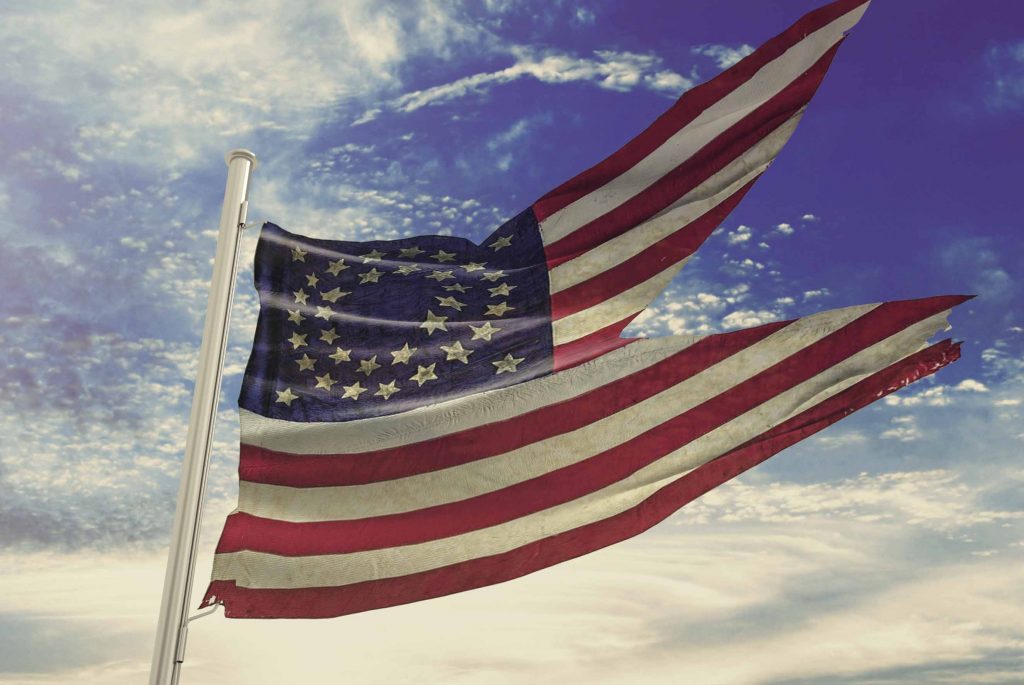This year, 2021, marks 145 years since allied bands of Lakota, Dakota, Cheyenne, Arapaho and others defeated the 7th regiment of the US Cavalry led by General George Armstrong Custer. On June 25, 1876, the 7th Cavalry was tasked with removing Lakota and Cheyenne residents from the Little Bighorn River with the ultimate goal of forcing them onto reservations. Yet in a great day of victory for the encamped Tribal Nations, men and even women warriors committed storied acts of courage and bravery that would live on for generations, ultimately defeating Custer and his men.
“Today commemorates a powerful day of victory and unity,” said Krystal Two Bulls (Oglala Lakota and Northern Cheyenne). “It is a day to celebrate the power of our Ancestors’ coming together to defend our ways of life and protect the land. It is also a day for us to draw from our Ancestors’ sacrifices and prayers to fight our own fights and win our own victories.”
Many of us descend from those who fought on that day.
In a victory that transcends time, the Battle of Little Bighorn would become one of the most studied in history. Known as the “Battle of Greasy Grass” to the Lakota, and as “Victory Day” to many Native people today, this battle would also become a symbol of the continued plight of Indigenous Peoples to retain our traditional homelands, culture, and lifeways.

On the land surrounding the Little Bighorn River today, there is something about the silence that brings a calming sensation– the way the wind blows through the tall grass, and the light hugs the horizon in such a way that you can feel the spirits of the plains. Seeking to disturb the area on that fateful day in 1876, Custer and his cavalry arrived by horseback, guns at their side. Meanwhile, roughly 8,000 Indigenous Peoples from various Tribal Nations including, but not limited to, the Lakota, Dakota, Cheyenne, Arapaho, were estimated to be present that day.
In this interview, Ernie LaPointe, great grandson to Chief Sitting Bull, states that the large encampment along the Little Bighorn River was actually made up of a combination of tribes– more than those few that are often named by historians. Rather, this camp consisted of individuals and families who refused to settle for reservation life.
“Many of us descend from those who fought on that day,” said Two Bulls. “Some of us are named after them. I, myself, descend from Chief Gall– master strategist on the battlefield that day.”

The sheer volume of Indigenous resistance within the mass camp along the Little Bighorn River was grossly underestimated that day, ultimately resulting in the defeat of the 7th Cavalry.
The definition of a ‘battle’ is “to fight or struggle tenaciously to achieve or resist something.” Resistance was the goal for Indigenous Peoples in this fight, embodied by a collective desire to live apart from white settlers while continuing to protect loved ones who remained at the camp. Remembered in some settler narratives as “Custer’s Last Stand,” this angle overshadows the Indigenous narrative capturing the historical account of this battle, further promoting the concept of Custer as a “Western Hero.” Yet Custer and his men were far from heroes and their violent history of raiding Indigenous villages has been documented in multiple incidents, including one occurring 8 years prior to the battle in 1868, when men of the 7th Cavalry attacked an unexpected band of Southern Cheyennes and killed all of the men within the camp including Chief Black Kettle.
Today is a good reminder that we carry the blood of warriors within us.
The victory that day at the Little Bighorn river was a win for all Indigenous Peoples who were subjected to live in an era of government-determined land ownership– a concept foreign throughout Indigenous cultures. No one owns the land. Instead, we are stewards tasked with the duty to care for the land. Colonizers ignored Indigenous pleas to remain, resulting in many Tribal Nations being swindled by ridiculous treaties filled with false promises and forced to vacate our homelands.

Custer and his men showed up determined to fulfill the goal of displacing Indigenous Peoples that day. But instead, they were met with a resistance that would live on in the oral stories of many Nations. Instead of simply allowing Custer and his men to ride in, disrupt camp, and bring harm to all individuals residing there, Tribal Nations chose to fight.
“Today is a good reminder that we carry the blood of warriors within us,” said Two Bulls. “We carry the spirit of a People who are victorious! I call on all of us to continue their fight for LANDBACK, because like the Ancestors’ we descend from, we too will be victorious!”

